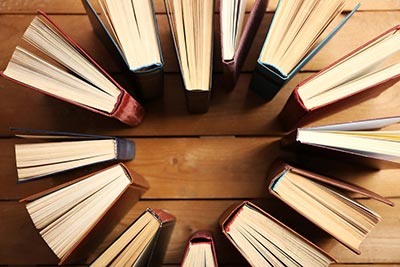
 Books about tango are doors that open onto a universe rich in history, passion and culture. Each volume is an invitation to explore not only the steps and melodies of this fascinating dance, but also the stories, characters and emotions that animate it.
Books about tango are doors that open onto a universe rich in history, passion and culture. Each volume is an invitation to explore not only the steps and melodies of this fascinating dance, but also the stories, characters and emotions that animate it.
From its origins in the popular neighborhoods of Buenos Aires and Montevideo, to the great international stages, tango has traced a path made of continuous transformations and reinventions.
|
|
Leafing through the pages of these books on tango, you discover that tango is much more than a simple dance: it is a universal language capable of expressing joy, pain, love and nostalgia. The life stories of great composers, such as Astor Piazzolla and Carlos Gardel, intertwine with the chronicles of the milongas, the clubs where tango comes to life every night, and with the testimonies of the dancers who dedicate their existence to perfecting the art of this dance. In these books on tango, many authors also offer practical guides for those who want to learn to dance tango, with advice on technique, posture and improvisation. |
But books about tango are not limited to dance: they also explore the connections between tango and other art forms, such as literature, film and painting, revealing a cultural influence that goes far beyond the dance floor.
Reading a book about tango means immersing yourself in a vibrant and sensual world, discovering secrets hidden in notes and movements, and being fascinated by the magic of a tradition that continues to enchant generations of fans around the world. Each page is a step further on a journey that celebrates the essence of tango: an experience that touches the soul and ignites the senses.
|
|
Tango in Literature: A Journey Through Music, Culture and WordsTango, born in the suburbs of Buenos Aires and Montevideo in the late 19th century, is an art form that has transcended its humble origins to become one of the most recognizable and representative cultural expressions of Argentina and Uruguay. But tango is not just a sensual dance or a melancholic music; it is also a powerful symbol that has crossed and inspired literature in various ways. From its origins as popular music with an urban theme, tango has entered fiction, poetry and even critical essays, influencing authors and poets and becoming a central theme in many works. |
Dancing Tango in Rome |
Discover the Tango Allegria event closest to you.
|
Our Community |
Join our group and make new friends around the world. |
|
Seguici su
|
Tango and not only Tango |
Discover new passions organised by our Tango friends. |
Tango Allegria is the association that from the heart of Italy brings the passion for Argentine tango to the world, organizing unforgettable holidays, trips and events. If you love dancing, traveling, meeting new people and experiencing authentic emotions, you are in the right place.
Discover our tango holidays in exclusive locations: at the seaside, at the spa, in cities of art or in the middle of nature. Each experience combines tango, relaxation and fun.
Throughout the year we organize Argentine tango events with internationally renowned Argentine masters, intensive seminars, evening milongas, thematic courses and guided practices. Each event is an opportunity to improve your dance and share your passion in a welcoming and engaging environment.
With Tango Allegria you don't just experience tango, but also the beauty of the journey, the pleasure of wellbeing and the joy of meeting.
Our events are designed for everyone: beginners, intermediates and expert dancers.
📅 Upcoming Events• Tango in Finland – 1–6 October 2025• Buenos Aires Tango Tour – 17–28 November 2025• Ischia Tango Party – 30 April–3 May 2026 |
Do you want to stay updated on tango trips, special events, study weeks and exclusive offers?
Sign up for our newsletter and start living tango with us.
Since 2003 we have been bringing tango wherever there is a desire to get excited, learn and dance. We are waiting for you for a unique experience.